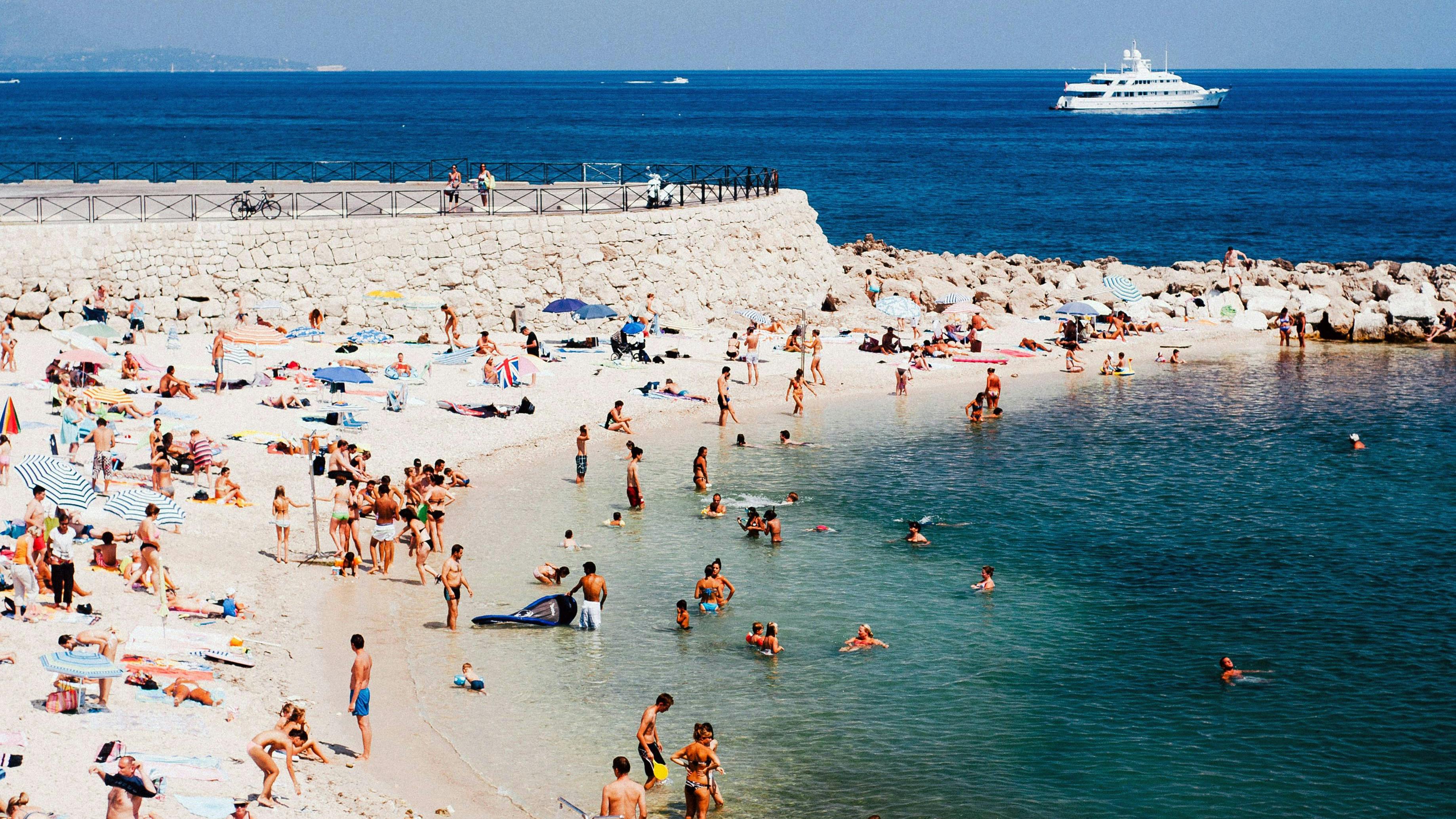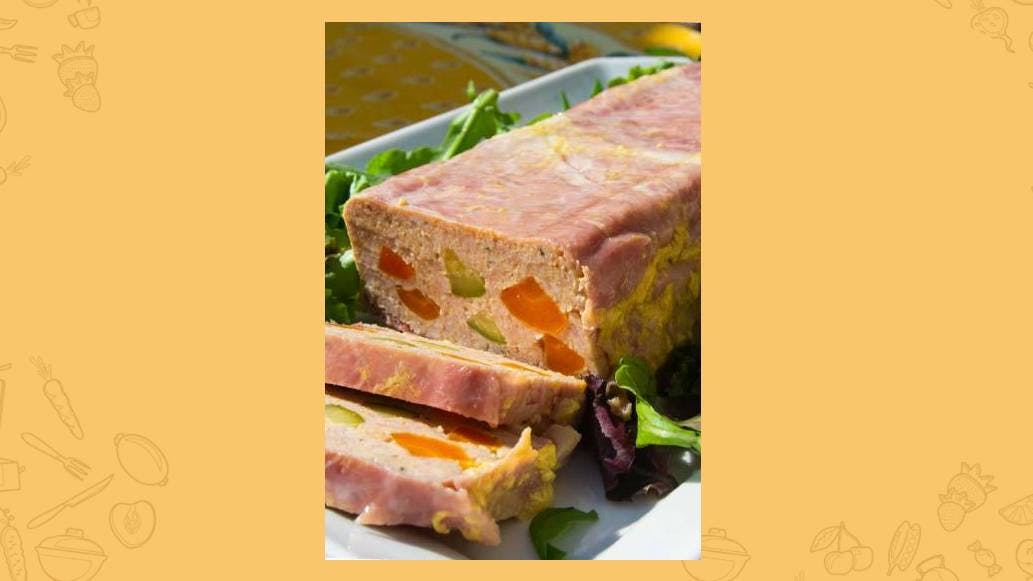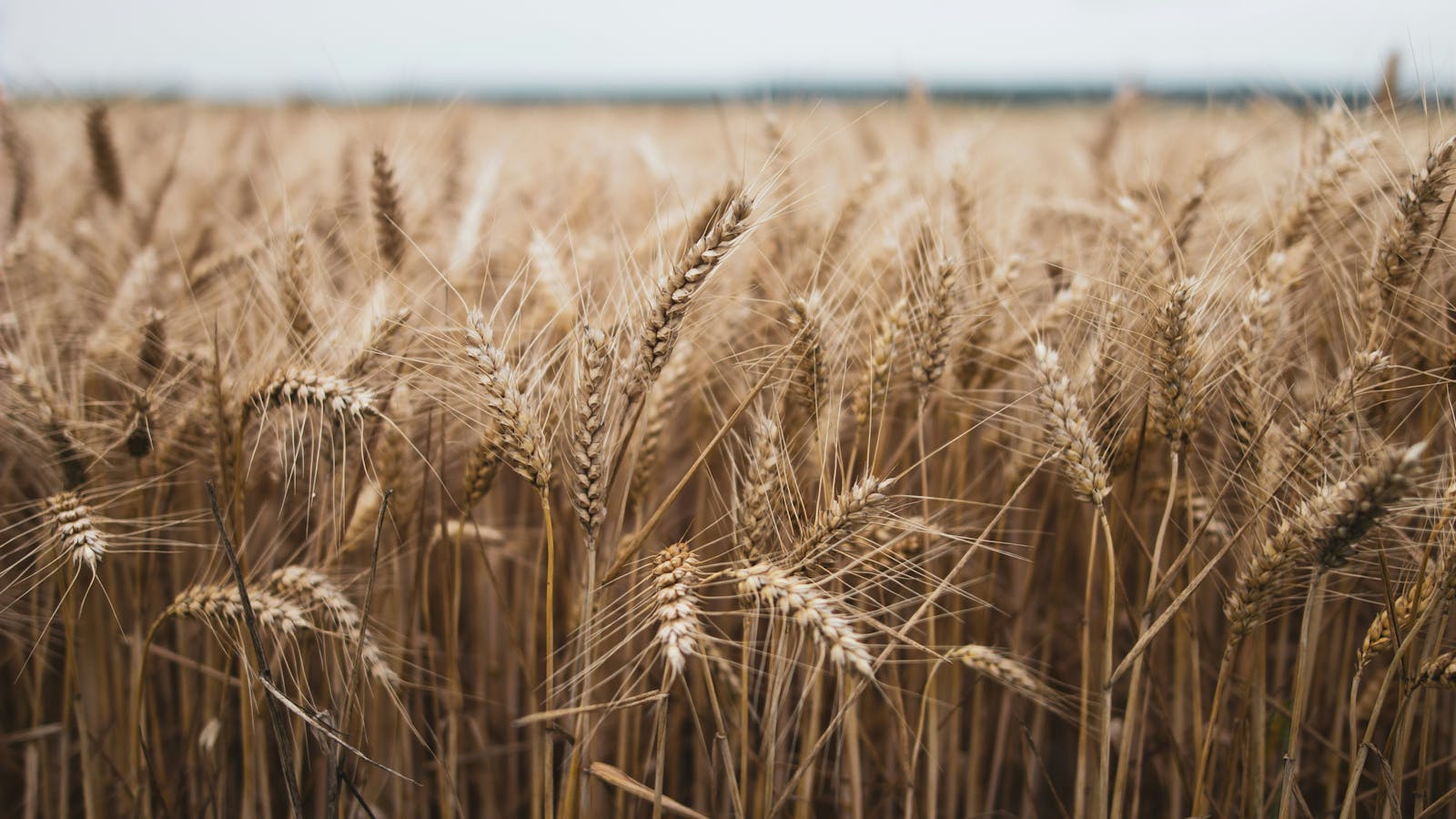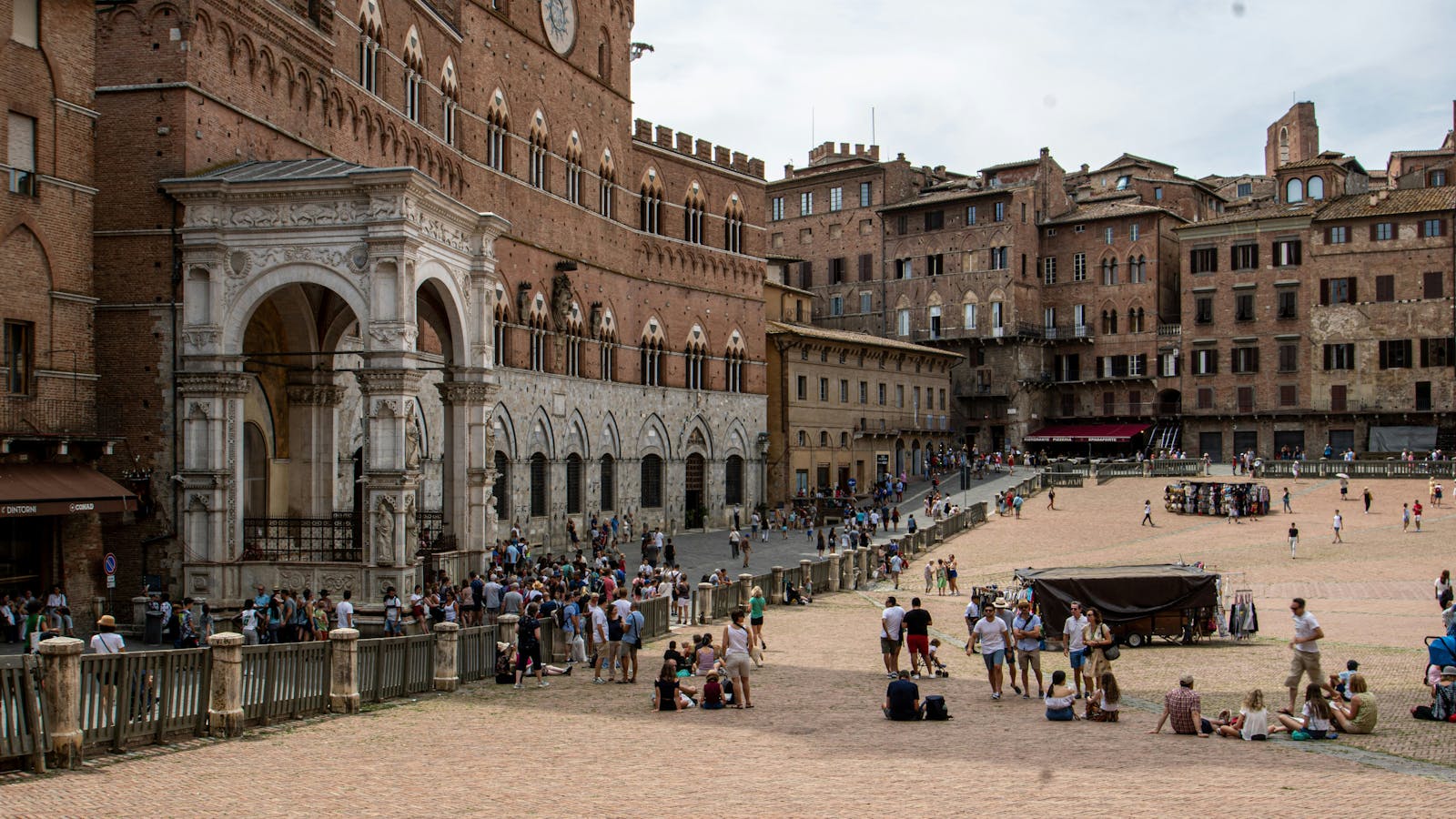

It represents the peak of summer, it’s the day when most Italians are at the beach with friends, throwing water balloons and eating watermelon slices, or taking cool mountain walks and enjoying a good barbecue in company. It’s Ferragosto, the queen of Italian summer holidays. The main ingredients are joy, fun, and (perhaps) a touch of melancholy from the awareness that the summer season will soon be over and that we will be back to our routines.

For this special time of the year, we present you an Emilian recipe that is unknown to most: the Bolognese Rifreddo, a kind of meatloaf served at room temperature, which also includes the queen of Bologna’s cured meats, mortadella.

Bolognese Rifreddo
A cold and soft meatloaf, suitable even for the hottest days
Ingredients
- 250 g minced veal
- 250 g minced pork
- 100 g mortadella
- 100 g cow’s milk ricotta
- 2 eggs
- 30 g Parmesan cheese
- 1 carrot
- 1 zucchini
- A bunch of parsley
- Salt, pepper
- 150 g ham
Method
- Wash, dry, and chop the parsley.
- Peel the carrot and zucchini, then cut them into thin sticks of equal length; blanch them for a few minutes in salted boiling water, then drain them.
- Chop the mortadella finely with a sharp knife, then mix it with the ricotta.
- In a large bowl, combine the minced meats, ricotta with mortadella, eggs, grated Parmesan, parsley, salt, and pepper.
- Mix everything (preferably with your hands) to form a homogeneous and well-combined mixture.
- Take a loaf pan and line it first with dampened parchment paper, then with slices of ham, leaving them to hang over the edges.
- Form a first layer with the meat mixture (well leveled) and distribute the carrot and zucchini sticks on top; add another layer of meat and more vegetables. Finish with a layer of meat.
- "Wrap" with the overlapping slices of ham, sealing the mixture well. Wrap everything in a sheet of aluminum foil (including the pan) and cook in a bain-marie in the oven at 190°C for about an hour.
- Remove the pan, let it cool, and when it is at room temperature, place it in the refrigerator (you can put with a weight on top) for at least six hours.
- Then cut it into slices. Serve with a seasonal salad and homemade mayonnaise.
The Origins of Ferragosto
But where does Ferragosto come from? "Ferragosto" derives from the Latin Feriae Augusti, meaning "Augustus' rest". As the name suggests, the quintessential summer holiday has its origins in a Roman festival introduced in 18 BC in honor of the first Roman emperor, Augustus, from whom - guess what - the month of August is named. And since nothing is invented from scratch, in turn, the Feriae Augusti were inspired by the Roman Consualia dedicated to Conso, the god of grain storage and fertility, which celebrated the end of the fieldwork and allowed farmers to enjoy a well-deserved rest.

In Roman times, the festival was held on the first of the month, but the celebrations lasted several days: August 13th was a particularly significant day as it was dedicated to the goddess Diana.
The shadow of these traditions has reached our days with customs that, although different, betray their ancient origins: for example, if in the past farmers would offer good wishes to landowners in exchange for a tip, similarly, until not many years ago, on August 1st, workers would visit their employers to offer greetings and receive food and money in return; and again: if in the past there were festivals and horse races, in many parts of Italy August is still the month of fairs and outdoor festivals, like the famous Palio di Siena.

From Pagan Festival to Catholic Celebration
As happened with many other pagan festivals of Roman origin, the Feriae Augusti were incorporated into the Catholic calendar, and starting from the 7th century, the date of the celebrations was moved from the first to August 15th, the day of the Assumption of Mary.
Ferragosto in Contemporary Times
The transformation of Ferragosto into the popular festival it is today was aided by the institution of the "Ferragosto People’s Trains" by the fascist regime in 1931. These trains allowed people to reach tourist destinations at reduced prices in August, thus contributing to the birth of mass summer tourism.

A Summer with Cesarine
Treat yourself to a special experience with Cesarine! If you're looking for ideas on what to do on Ferragosto (and not just on Ferragosto), take a look at our outdoor experiences and choose from the best food and wine tours, the tastiest lunches, and the most exclusive dinners celebrating the authentic Italian culinary tradition!